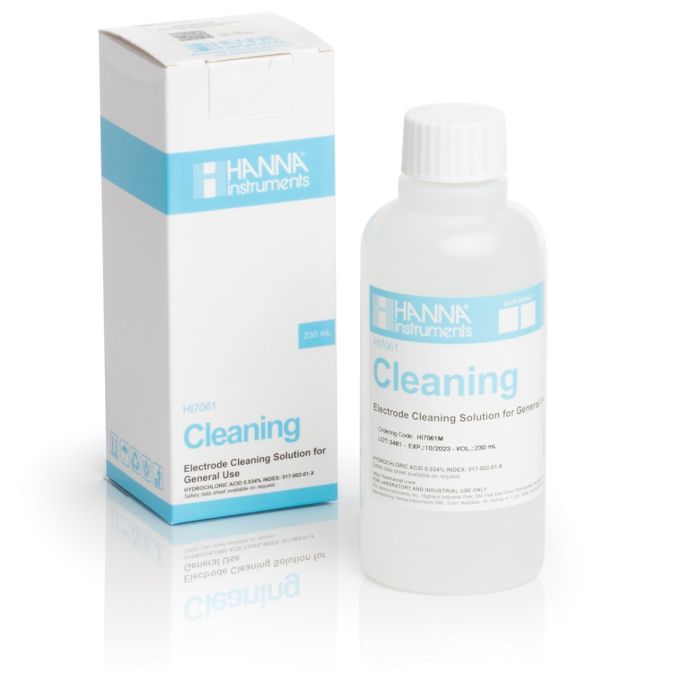Hi Apera users,
I have been loving my PH60 for about a year and a half for getting quick and accurate pH readings. However I've noticed that over time it has become more difficult to get a stable pH reading and as I've begun ramping up for the new season here in Phoenix it I'm finding it difficult to trust the reading at all. At this point if I note the reading the first time the stabilizer indicator remains on steadily, then swirl the meter around, wait for re-stabilization again and repeat this a few times, I can get the meter to read easily .5ppm higher than the original reading. I just recalibrated it and changed to very fresh kcl fluid last week but doesn't seem to have improved. Has anyone else seen this and is it an indication that the device is degrading or needs some part replaced?
I have been loving my PH60 for about a year and a half for getting quick and accurate pH readings. However I've noticed that over time it has become more difficult to get a stable pH reading and as I've begun ramping up for the new season here in Phoenix it I'm finding it difficult to trust the reading at all. At this point if I note the reading the first time the stabilizer indicator remains on steadily, then swirl the meter around, wait for re-stabilization again and repeat this a few times, I can get the meter to read easily .5ppm higher than the original reading. I just recalibrated it and changed to very fresh kcl fluid last week but doesn't seem to have improved. Has anyone else seen this and is it an indication that the device is degrading or needs some part replaced?


